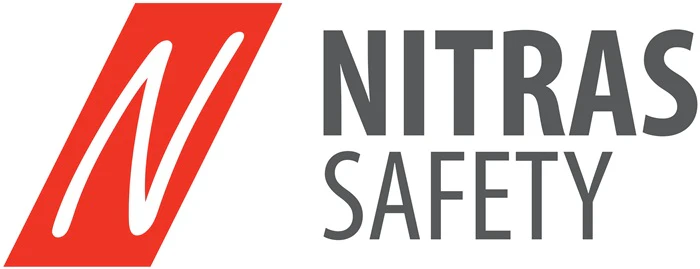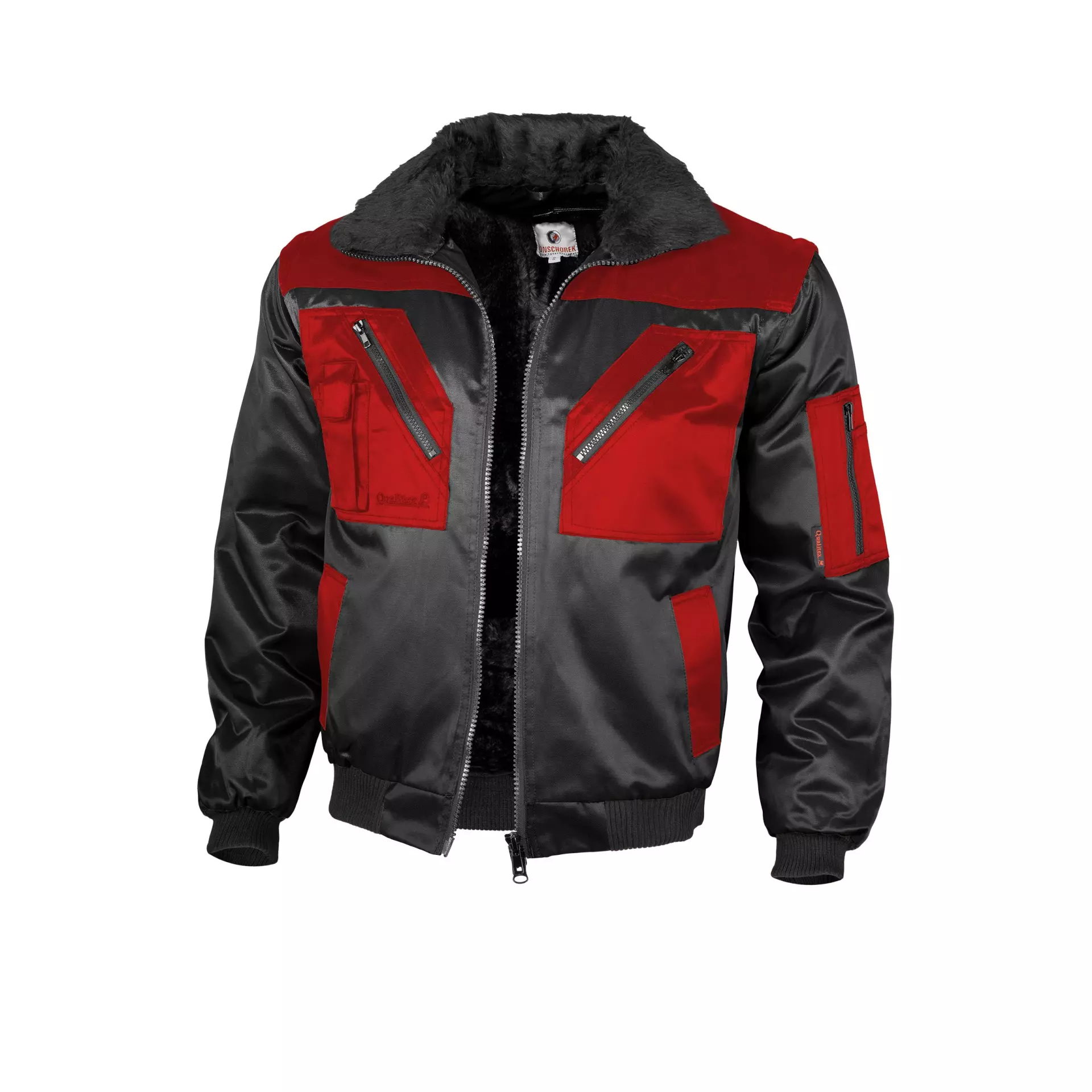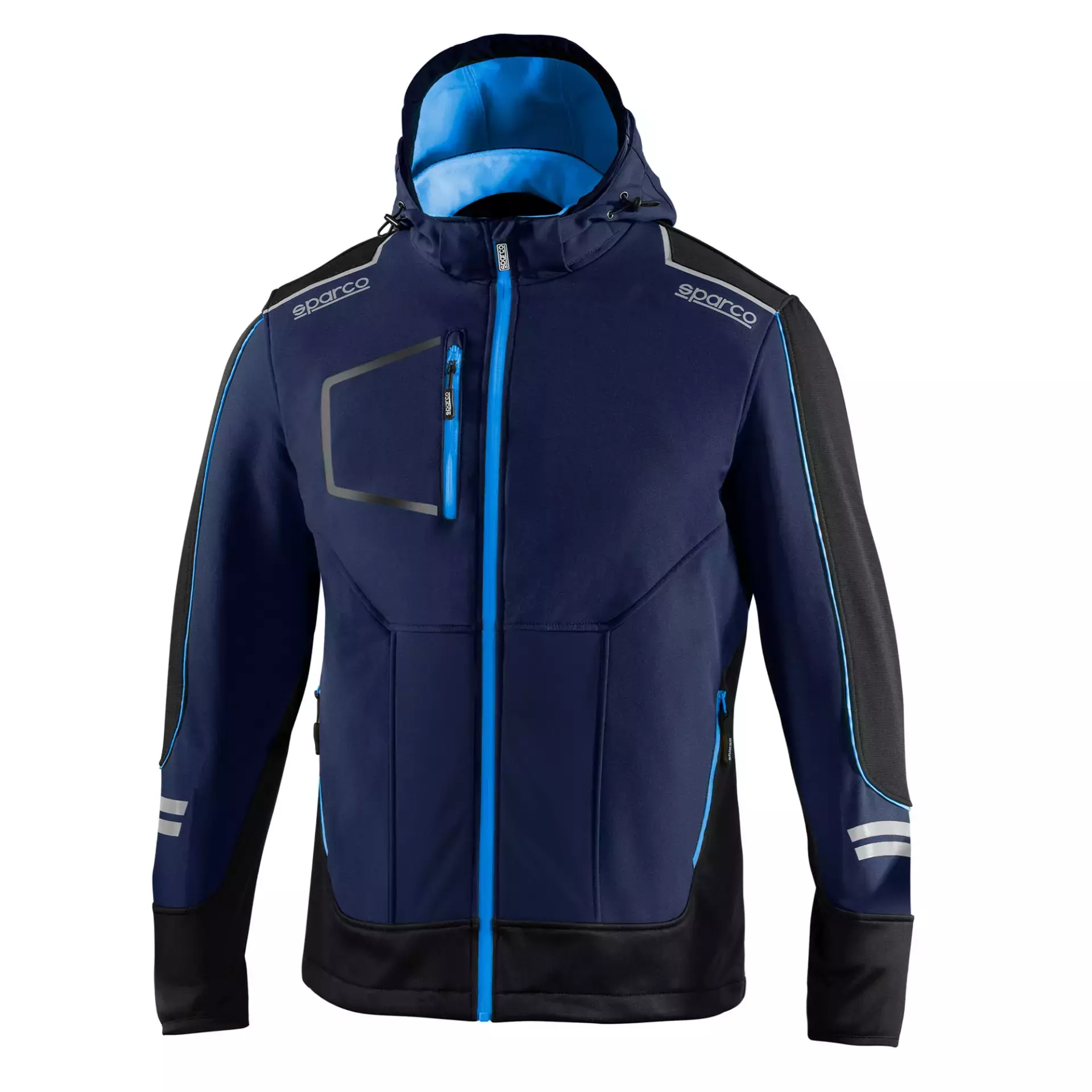
Essential PPE in the Food Industry: What You Need to Know
Overwhelmed by PPE options for food safety? Master your PPE selection for food workers safety with these practical tips.

Get 20€ off on your first order!
Choosing the right cut-resistant gloves is critical for ensuring safety in the workplace, especially when handling sharp tools or materials. The EN 388 standard serves as a benchmark for assessing glove performance against mechanical risks, offering invaluable guidance for both safety managers and workers.
In this article, we break down the EN 388 standard, helping you understand its significance, what the ratings mean, and how to choose the best gloves for your needs.
For an in-depth overview of selecting the right gloves, refer to our How To Choose Cut-Resistant Gloves – A Buyer’s Guide.
The EN 388 standard, defined by the European Committee for Standardization, evaluates gloves for their ability to protect against mechanical risks such as cuts, abrasions, punctures, and tears. Updated in 2016, this standard ensures manufacturers adhere to rigorous testing procedures, giving buyers confidence in the performance of their gloves.
EN 388 applies to work gloves used in various industries, including construction, metalwork, and glass handling. Understanding this standard is key to selecting gloves that meet the specific demands of your job.
Each glove tested under the EN 388 standard receives a series of ratings, expressed as a four-digit code followed by an optional fifth and sixth letter. These ratings correspond to specific mechanical properties:
| Test | Rating Scale | Meaning |
| Abrasion Resistance | 1-4 | Measures how well the glove resists wear due to friction. |
| Cut Resistance | 1-5 | Evaluated using the Coup test, assessing resistance to cutting. |
| Tear Resistance | 1-4 | Indicates the glove’s ability to withstand tearing forces. |
| Puncture Resistance | 1-4 | Tests resistance to punctures from sharp objects like nails. |
| TDM Cut Test | A-F (optional) | Provides additional cut resistance data, particularly for high-strength materials. |
| Impact Protection | P (optional) | Indicates compliance with impact protection requirements. |
Key Update: The 2016 revision introduced the TDM test, which uses a straight blade to provide a more accurate measure of cut resistance for advanced materials. This is particularly important for industries requiring maximum protection.
For more on the updated standard, consult the PIP Global explanation of EN 388.
An EN 388 rating might look like this: 4X43F. Here’s what it means:
For gloves requiring impact protection, look for an additional “P” symbol after the TDM rating. This ensures reliable protection against blunt force impacts, improving safety during high-risk tasks.

Selecting the right gloves involves matching the EN 388 ratings to your specific tasks. Here are a few practical examples to illustrate:
For more detailed recommendations, explore our Cut-Resistant Gloves Category. For instance, models like the XYZ Heavy-Duty Glove (4X43F) are designed for high abrasion tasks, while the ABC Precision Glove (3X42C) balances dexterity and moderate cut resistance.
The EN 388 and ANSI standards both measure cut resistance, but their methodologies differ. Understanding these distinctions ensures that European and global safety requirements are met efficiently, enhancing workplace productivity and compliance:
| Feature | EN 388 | ANSI/ISEA 105 |
| Cut Test | Coup and TDM tests | TDM test only |
| Cut Levels | 1-5 (Coup), A-F (TDM) | A1-A9 |
| Focus | Broader mechanical risks | Cut resistance primarily |
| Common Use | Europe | United States |
For European workers, the EN 388 standard is more comprehensive, addressing abrasion, tear, and puncture resistance alongside cutting.
Proper maintenance helps ensure gloves perform effectively for longer.
For detailed glove care tips, visit our Work Gloves Category.
If you’re exploring other protective equipment, consider these articles:
Now that you have a thorough understanding of the EN 388 standard, you might be wondering where to find trusted suppliers. Droppe, a platform specialized in workwear and PPE, offers one of the broadest selections of EN 388-compliant gloves in Europe.
Explore Droppe’s range of EN 388 compliant cut-resistant gloves. If you have any questions about selecting the right pair, you can refer to our comprehensive Cut-Resistant Gloves Buyers Guide.
– The Droppe Team
No, the EN 388 standard only addresses mechanical risks such as abrasion, cuts, tears, and punctures. If chemical protection is needed, look for gloves tested under the EN ISO 374 standard.
An “X” in any part of the EN 388 rating indicates that the specific test was not conducted or that the result was not applicable, typically due to the material properties or testing limitations.
EN 388 does not assess thermal resistance. If protection against heat or cold is required, consider gloves tested under EN 407 (heat resistance) or EN 511 (cold resistance).
No, EN 388 does not cover electrical resistance. For tasks involving electrical hazards, look for gloves tested under the IEC 60903 standard for insulating gloves.
Home testing is not recommended as EN 388 tests require specialized equipment and precise conditions. Always verify compliance through manufacturer certifications and independent testing results.
Thank you! You've signed up for our newsletter.



















Overwhelmed by PPE options for food safety? Master your PPE selection for food workers safety with these practical tips.

Struggling to maintain clear vision in demanding environments? This guide is here to help. By the end, you’ll know exactly...

Electricians across Europe face unique challenges that require reliable safety glasses to ensure both protection and efficiency. Whether safeguarding against...

Overwhelmed by PPE options for food safety? Master your PPE selection for food workers safety with these practical tips.

Struggling to maintain clear vision in demanding environments? This guide is here to help. By the end, you’ll know exactly...

Electricians across Europe face unique challenges that require reliable safety glasses to ensure both protection and efficiency. Whether safeguarding against...
Get 20€ off on your first order!
Save 30% by buying directly from brands, and get an extra 10€ off orders over €100
Save 30% by buying directly form brands, and get an extra 10€ off orders over €100